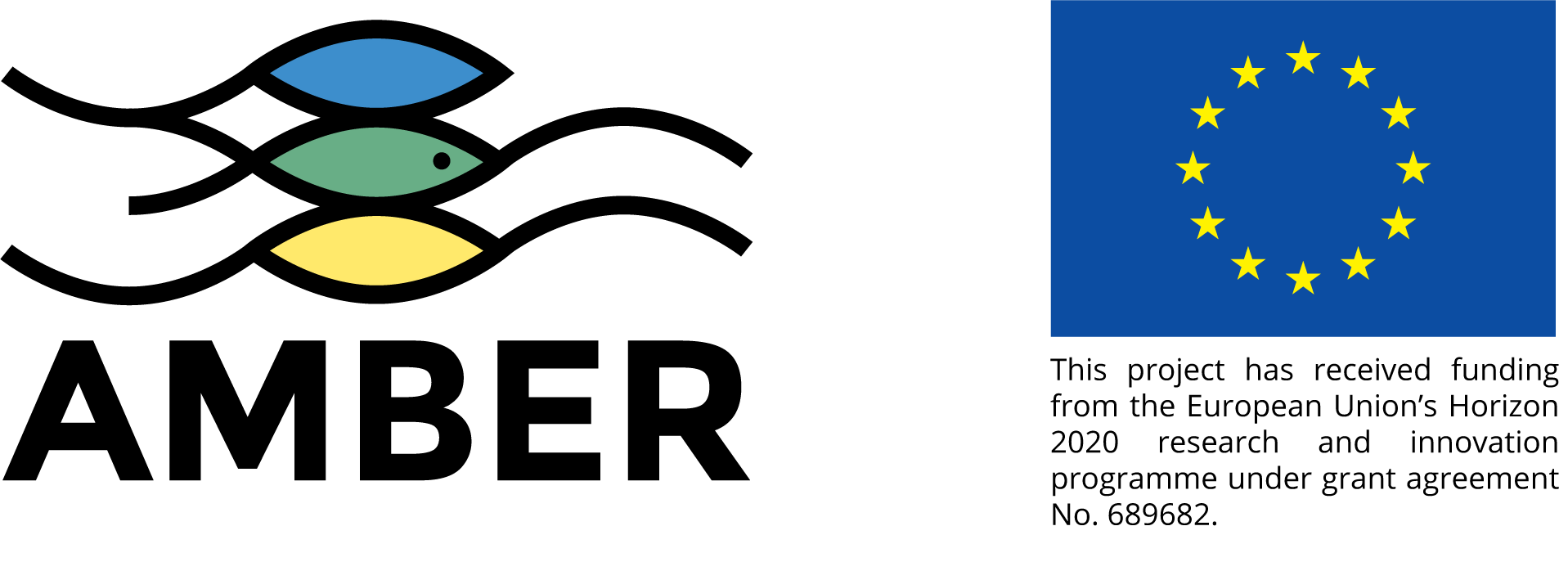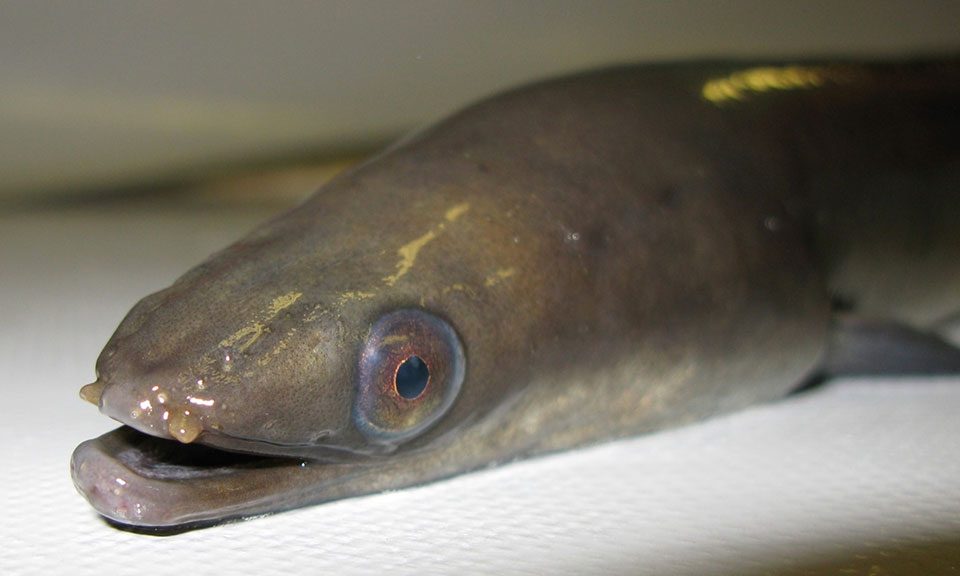What are the AMBER partners working on lately? Check out their progress

EDF launches a novel project to improve the migration of wild salmon downstream the Allier River
May 13, 2017
AMBER project promoted in conferences all over Europe
May 18, 2017
The Swansea University
Since AMBER started, Swansea University, as the lead, has mostly been involved with the management of AMBER including liaison with their Project Officer Maria-Jose Amaral, and ensuring they fulfill their obligations under the Consortium Agreement and the Grant Agreement. This includes submitting deliverables for the Project Management Plan (D6.1); The Data Management Plan (D6.3) (i) and ethics D7.1, D7.2. In addition, Swansea University reviews and comments/amends all deliverables within the project before submission to the EC. Quarterly reports, financial questions, and WP leader meetings are also done through the University.
Recently, they advertised for the posts of post-doctoral Ecological modeller and Molecular Ecologist, as well as a research technician. These roles will support Luca Borger’s work on data analysis using barrier data and pan-European WFD data as well as Sonia Consuegra’s and Carlos Garcia de Leaniz’s work on eDNA and fish behaviour studies.
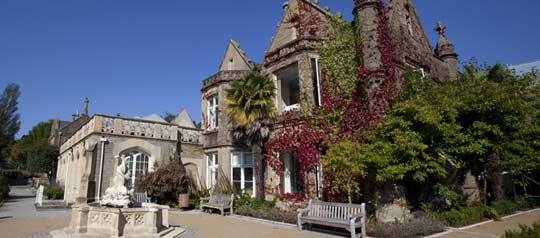
Swansea University, Singleton Abbey ©www.swansea.ac.uk:the-university
The University of Oviedo
The University of Oviedo, Spain, has been working on the detection of native and invasive fish and invertebrate species through environmental DNA, and use the sequences obtained from eDNA to determine population connectivity, as part of AMBER Work Package 2. Recently, they have developed a new powerful, very sensitive and economical tool that can be applied for monitoring the presence of salmonids in a variety of situations, from checking upstream colonization after removal of river barriers to monitoring potential escapes from fish farms. A report and a divulgative article will be published in June 2017.
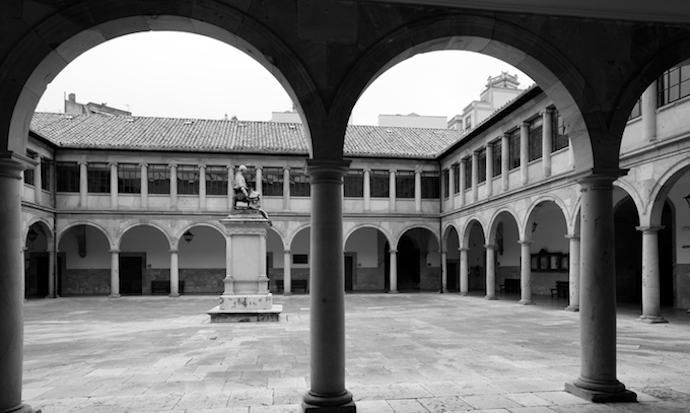
Asturias' University ©www.uniovi.es
Politecnico di Milano
During the last months POLIMI, together with JRC, WFMF and CNSS and with the collaboration of all the AMBER consortium, has worked on:
(i) building the structure of the Amber ATLAS
(ii) collecting existing databases from European countries
(iii) developing and testing the strategy for the field validation of collected data from existing databases
The results will be available by the end of May 2017 (see Deliverable D1.2).
The University of Southampton
The University of Southampton has been testing various equipment in preparation for tracking the movement of lampreys on the River Derwent take will take place later this year, in collaboration with the Durham University.
In addition the University has been planning work in collaboration with the Inland Fisheries Ireland (IFI) to generate fish passability scores via an automated process by analysing a large amount of data that IFI have collected at several hundred sites in recent years. This will enable the University of Southampton to better investigate the potential impact of barriers in various catchments in Ireland as well as to help to critically assess some of the current assessment protocols.
Progress has been made as well on the understanding of the behavioural response of aquatic organisms to hydrodynamic conditions common and river infrastructure. Such work will help better understand ways to mitigate for the impact of barriers on the free movement of a range of species.
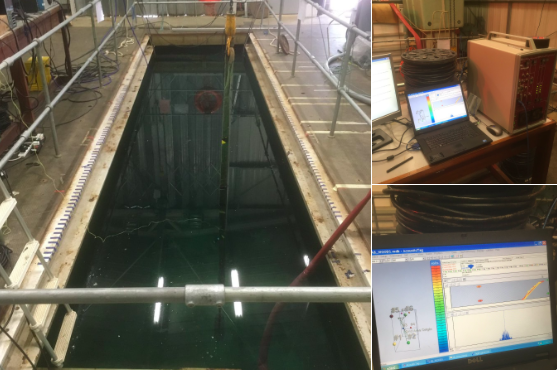
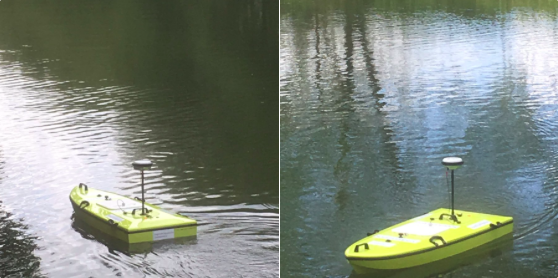
Testing the ArcBoat
